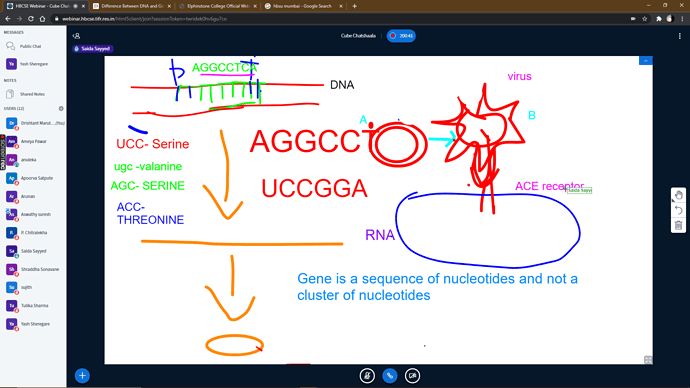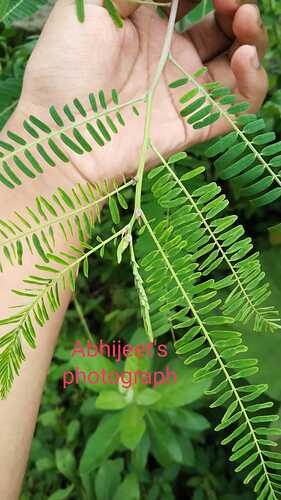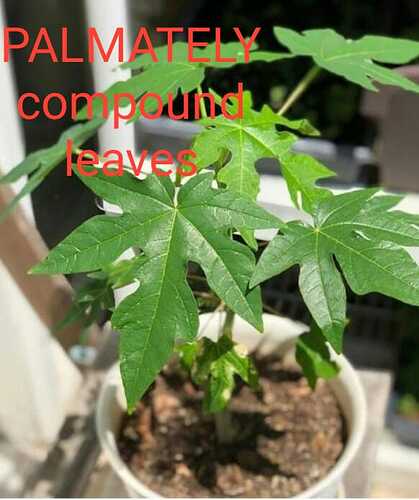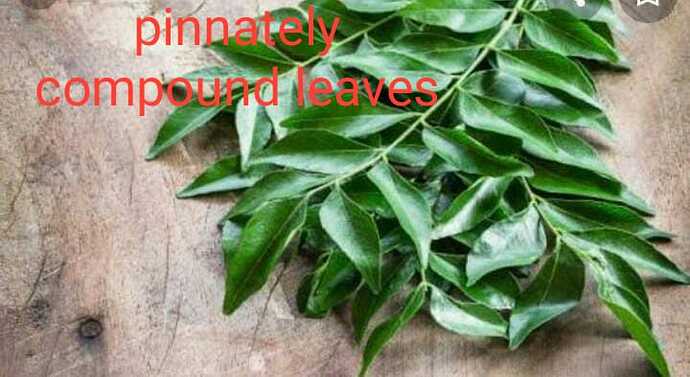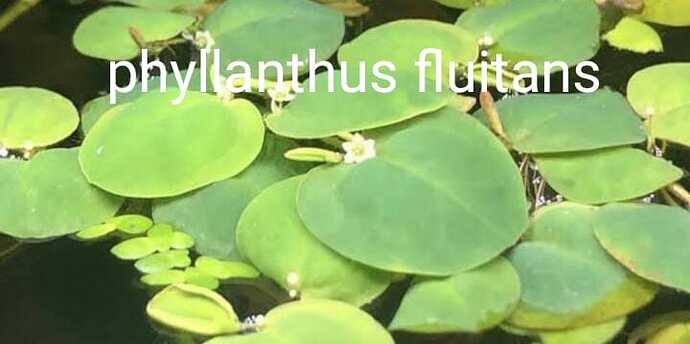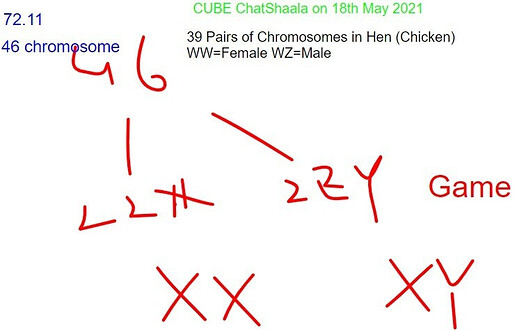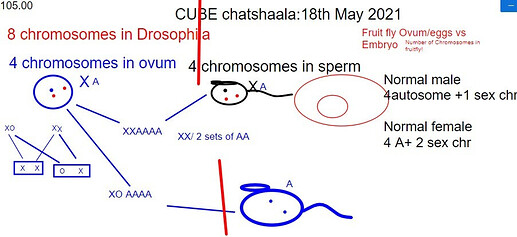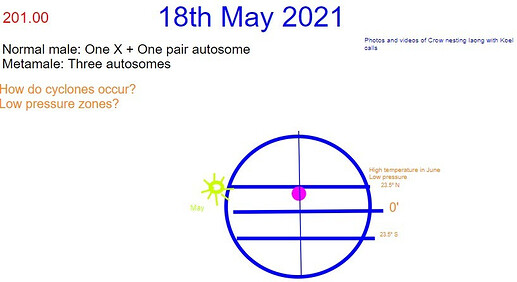22nd June 2020 Summaries
Summary of CUBE Chatshaala discussion by @Lydia (22nd June 2020):
(PC: @drishtantmkawale )
(Outline of the summary: credits: @KiranKalakotiR)
We started with summarizing our discussion that we had in the previous webinar.
Identification of Drosophilidae family characteristics was discussed along with the goof ups. We are now looking for labelled photos of D.melanogaster fruit fly wing from authentic references.
Then optical zooming and digital zooming was then introduced by @Aashutosh Sir.
How to get a resolved photo of a wing of fruit fly at home.
White background with good lightning (from another phone or torch) .
How microscope work??
Can we simulate it??
How image is formed in a Microscope??
@Yash CUBE & @Arunan Sir together had built up a conversation on this for all of us.
Yash will give a summary about the principle or the working of a microscope.
We can use transparent (transparent file cover) sheet to put object(fruit fly wing) on transparent sheet and we can use another source of light underneath the transparent sheet to get contrasting effect as discussed.
Taste organs and smelling organs:
Smelling organ in fruit fly: Antenna
Taste organ: Proboscis
Are the chemicals different for taste and smell?
2 other organs that we discussed about:
Arista plumose??
Maxillary palp??
Then we discussed about a situation where there is a good smell with a bad taste.
Banana kept with quinine mixed.
It gives out a very good smell by which the flies are attracted to it…but when it tastes the banana…it’s a bitter taste that it gets… suddenly it moves away from it and repels.
What will happen the next time when this fly gets the smell of banana?
Some of us said that the fly will have a memory of the last time and the fly will repel it even after getting a good smell of banana.
How does this happen?
How is the memory formed?
When the first time the fly tastes the banana with quinine it repels as a reflex action…a sudden action…but simultaneously that message is being passed on to the brain which is stored there as a memory…
Where is this message stored?
How are these messages stored?
And when the next time the fly is being exposed to the same sweet smell… how is it repelling back?
What is being inhibited that was earlier helping the fly to move towards the banana?
This was then taken up by @Manasi CUBE.
Manasi explained the neuronal connection that is happening.
The diagram here was drawn by Manasi during the webinar…it was explained very well…
A good taste sensory neuron is connected to the neuron in the brain.
Manasi can summarize and give some points of that discussion.
Later it was connected to the learning and memory behaviour of snails.
Eric kandel’s work.
This was explained by Anjani CUBE and Manasi CUBE
By Rechel Tirkey from CUBE Ranchi
On 22/06/2020 , In CUBE webinar , discussion on drosophila classification and identifying features of drosophila was going on with the help of pictures shared by @Aswathy CUBE Thriprayar, Nattika then the discussion shifted into the topic microscope , taking pictures, magnification , how to take pictures with good contrast and light ? What is the role of light while taking pictures ?
We discussed principle of microscope and how mirror helps to reflect the light towards object, how objective lens and eyepiece magnify the image of the object .
When we take pictures from our phone camara , we face many problems like as @Drishtant said , most of the time when we try to focus by nearing the camera towards object it get blurry . @Aashutosh Sir @Yash CUBE told about digital zooming and optical zooming , so for good picture we need optical zooming instead of digital zooming.
We also continued the last day’s discussion how flies attract towards smell and taste . @Manasi CUBE Snail and @Anjani CUBE Snail said about how snail attract towards taste and smell , The connection between good smell and bad taste . By giving them good smell and taste to the snail and by observing in behaviour we are trying to understand about neuroplasticity and neurotransmitters .
I wanted to ask that in snail learning taste and smell and learning sense though tentacles is same or not , is this habituation is same as learning smell and taste of food ? I was getting network problem and often getting disconnected .
By Yash Sheregare from CUBE Mumbai:
Discussion on Microscopy Imaging
This idea may not be accurate but please raise questions so that it gets more clear.
Yesterday during discussions we tried to discuss how an image is formed of a specimen using a compound microscope? ![]()
For our discussion we considered the speciment to be the wing of a fruit fly.
In a microscope our object (specimen) the wing is kept on a transparent glass side
How is an image of the wing formed that we see all the features of the wing using a microscope?
How are images formed using microscope?
- 2 breaks in costal vein
- incomplete subcostal vein
- small anal cell
Above Are the features we want to see in the wing.
Are the features we want to see in the wing.
We tried to explain that light source in case of the microscope is the mirror placed at the bottom side of the microscope stage.
The light falls from the bottom side that is reflected from the mirror and the light falls on the object and passes through transparent places and is bent at opaque places.
This light travels further from the specimen to the objective lens where the objective lens is adjusted in such a way by moving it upside or down.
travels further from the specimen to the objective lens where the objective lens is adjusted in such a way by moving it upside or down.
This magnifies and focuses the image and further light travels through the eye piece and falls on to our eyes
And hence we are able to see a magnified image with a good contrast and focus.
Hence the importance is of the source of light that comes from bottom and travels the lens where there Adjustment of the lens to get a clear focused and magnified image!
By @saswathy679 from CUBE SN College, Nattika
![]() How to Get a Clear image of Fruit Flies Wing in our Phone Camera !?
How to Get a Clear image of Fruit Flies Wing in our Phone Camera !?
Aashutosh sir is suggests How to get a good focusing image in our Phone camera.He suggested a very Nice idea. First he introduced about the Optical zooming and Digital zooming.what is the difference between Optical Zoom and Digital Zoom.According to Aashutosh Sir the optical zoom is achieved by using your camera’s lens. The digital zoom, on the other hand, is achieved by cropping and enlarging the image once it has been captured by the digital camera’s sensor.we will have more control over what part of the image is cropped and enlarged, and this is the preferred method of achieving digital zoom of our images. Digital zoom often results in lower quality pictures when it is enabled on your camera and we should disable it whenever possible. Most digital cameras allow you to do this easily.
In some reference says On a digital camera, optical zoom is a true zoom feature.This will enable you to get a closer view of the subject before taking your picture.Optical zoom allows for better photo quality than digital zoom.
https://etc.usf.edu/techease/win/images/what-is-the-difference-between-optical-and-digital-zoom/
Take picture in Optical zoom, We get a Very Good Result in Our Phone Camera
By Drishtant M Kawale from CUBE Mumbai:
I will like to add some points to this:
After summarizing briefly on the problems faced by the fruitfly group on the identification of the fruitflies, we came on discussing that how will we be able to make the best use of our mobile camera?
The things which need to be kept in mind while taking a photograph of the wing includes good lighting which can be provided with another mobile phone’s torchlight, learning to use our phone camera is also an important thing.
Few days back in the Webinar, Rahul CUBE TIFR had added that if we want to take our ![]() selfie, we try to snap it in the best way possible (by taking it multiple times) so that we get satisfied, similarly, here too we should try to take the best picture possible.
selfie, we try to snap it in the best way possible (by taking it multiple times) so that we get satisfied, similarly, here too we should try to take the best picture possible.
Then, Aashutosh Sir (not intended to😜) explained to us the difference between optical zoom and digital zoom of which our phone camera possesses the digital zoom.
Digital zoom means the zoom which we can perform through our phone camera. In this, the lens of our camera doesn’t come closer to the object or specimen, else, it gets adjusted internally.
Optical zoom is something which we see in professional camera where the camera lens can be moved closer and farther to the specimen or object.
Optical zooming is the one which provides us better clarity of the picture where the pixels picture do not stretch much.
Now, as we have a digital zoom facility, we can simulate the optical zoom by bringing the phone camera closer to the specimen physically!
And then try to zoom and then take a photograph.
Then we discussed the principle of microscopy and formation of the image and how can we adjust our surrounding in our to simulate the effect like microscope.
Later, we connected the neurology of the fruitfly with the one of Snails.
As olfactory studies are done in both and share the same basic principle too!
While discussing the memory formation in Snails, Manasi added that memory formation accounts to the formation of new axon terminals beside the existing ones so that more signal can be conveyed.
I didn’t understand it much, we shall look forward to discuss the same today (maybe I misunderstood it).
Manasi also made a statement that habituation (what habituation is it?) is a result of exhaustion of neurotransmitters!
Is it?
The question arising in my mind is, will the neurotransmitter be ever exhausted?
Won’t the cell re-synthesise the neurotransmitter?
For example: Acetylcholine, a lipid based neurotransmitter is synthesised inside the neuron and is then released.
Won’t this process continue to happen?
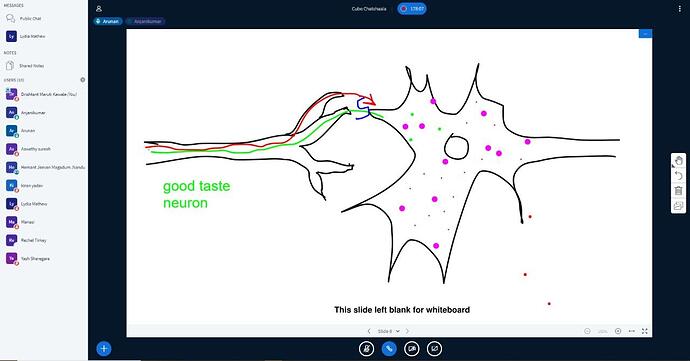
 ) on this too and correct me.
) on this too and correct me.